Atatrk
Atatrk
An Intellectual Biography
M.  kr Hanio
kr Hanio lu
lu
PRINCETON UNIVERSITY PRESS
Princeton & Oxford
Copyright 2011 by Princeton University Press
Published by Princeton University Press, 41 William Street, Princeton,
New Jersey 08540
In the United Kingdom: Princeton University Press, 6 Oxford Street,
Woodstock, Oxfordshire OX20 1TW
press.princeton.edu
Jacket art: President Mustafa Kemal at Dumlupnar (1924). Courtesy of
http://www.tccb.gov.tr/sayfa/ata_ozel/fotograf/, picture #27.
All Rights Reserved
Library of Congress Cataloging-in-Publication Data
Hanioglu, M. Skr.
Atatrk : an intellectual biography / M. Skr Hanioglu.
p. cm.
Includes bibliographical references and index.
ISBN 978-0-691-15109-0
1. Atatrk, Kemal, 18811938. 2. Atatrk, Kemal, 18811938Political and social views. 3. Atatrk, Kemal, 18811938Knowledge and learning. 4. TurkeyPolitics and government19181960. 5. TurkeyIntellectual life20th century. 6. TurkeySocial conditions20th century. 7. Social changeTurkeyHistory20th century. I. Title.
DR592.K4H36 2011
956.1024092dc22
[B] 2010043767
British Library Cataloging-in-Publication Data is available
This book has been composed in Garamond Pro
Printed on acid-free paper.
Printed in the United States of America
10 9 8 7 6 5 4 3 2 1
For Sinan
CONTENTS
FIGURES AND TABLES
FIGURES
TABLES
A NOTE ON TRANSLITERATION AND PERSONAL AND PLACE NAMES
Names and titles in Ottoman Turkish are rendered according to modern Turkish usage rather than strict transliteration. (A pronunciation guide is provided herein to help readers who are not acquainted with the Turkish language). Arabic names and titles are normally transliterated according to a slightly simplified system based on that of the International Journal of Middle East Studies. However, Arabic names and titles of non-Arab individuals and institutions are not transliterated, but are rendered according to their pronunciation in the relevant vernacular. Thus we have Rash d Ri
d Ri
 , but Reza Pahlavi. Likewise, we have Mu
, but Reza Pahlavi. Likewise, we have Mu ammad Abduh, but Mahathir bin Muhammad.
ammad Abduh, but Mahathir bin Muhammad.
Muslim Ottomans and Turks did not have family names until the Surname Law of June 21, 1934. This ruling required all citizens of the Turkish Republic to adopt a family name by January 1, 1935. Thus, the names by which individuals are referred to before and after the implementation of this law are different. For instance, the founder of the Turkish Republic is referred to as Mustafa Kemal before November 24, 1934 and Atatrk after this date.
For those geographical names frequently used in English language material, common English forms are preferred. Thus we have Salonica, Monastir, and Damascus, and not Thessaloniki, Bitola, and Dimashq, respectively. For all others, the current names are used to avoid confusion.
TURKISH PRONUNCIATION GUIDE
aas English u in but
as English a in far
bas in English, or pronounced as p at the end of a syllable
cas English j in jam
as English ch in charm
das in English, or pronounced as t at the end of a syllable
 as English gh in through, or pronounced as English y in saying after front vowels (e, i, , ), or not pronounced after back vowels (a, , o, u).
as English gh in through, or pronounced as English y in saying after front vowels (e, i, , ), or not pronounced after back vowels (a, , o, u).
ias English i in fit
as English i in dirt
as English ee in feet
jas English s in treasury
as German in stlich or French eu in deux
 as English sh in shine
as English sh in shine
uas English oo in book
as English u in rule
as German in bung or French u in tu
ACKNOWLEDGMENTS
I have been assisted by many who deserve thanks in the research and writing of this book. My greatest debt is to Michael A. Cook and Jesse Ferris, who have read various drafts of the manuscript and came forward with a wide range of fruitful remarks and suggestions. I also owe special gratitude to Senem Aslan, Patricia Crone, Andrs P. Hmori, Hasan Blent Kahraman, Mete Tunay, Benjamin T. White, and Muhammad Qasim Zaman who read the final draft and offered valuable advice. Likewise, I am indebted to my colleagues Fatmagl Demirel, Hossein Modarressi, and Michael Reynolds for answering numerous inquiries and providing valuable information. I should be most ungracious if I were to omit expressing my appreciation of the generous permission of Taha Akyol to reproduce some of the tables in his book Ama Hangi Atatrk, on the founder of the Turkish republic. I likewise wish to thank Heath W. Lowry for sharing with me two photographs that he uncovered among the papers of Clarence K. Streit at the Library of Congress; and  ffet Bayta
ffet Bayta , Sabit Bayta
, Sabit Bayta , and Halit Eren for their help in obtaining some of the illustrations.
, and Halit Eren for their help in obtaining some of the illustrations.
At the Press, two wise, competent, and hands-on editors, Brigitta van Rheinberg and Sara Lerner, did everything within their power to make this book as perfect as possible. Brian P. Bendlin in copyediting went above and beyond the call of duty to render the text stylistically more consistent. In the same way, Dimitri Karetnikov, the illustrations specialist, masterfully prepared the final photographic figures to make the book more attractive. The indexer, Maria denBoer, handled numerous foreign terms with great skill to make the book more accessible.
Finally, I am beholden to my wife Arsev and my son Sinan, since working on yet another book deprived them of much of my time.
M H
H
Princeton, New Jersey
March 14, 2010
Atatrk
Introduction
In 1954, a young shepherd was leading his flock out to pasture in the remote village of Yukar Gnde in the eastern Turkish province of Ardahan. As the sun set, a shadow falling on a nearby hill seemed to trace the exact profile of Mustafa Kemal Atatrk, the founder of the modern Turkish Republic. Convinced that he had been vouchsafed a religious experience, the incredulous shepherd reported his encounter to the local authorities, who wasted no time in publicizing this rare natural phenomenon nationwide as a miracle. Local excitement did not die down with the passage of time and, in 1997, it was finally decided to launch on this spot a festival that drew enormous crowds of spectators eager to witness the phenomenon for themselves. When, at the seventh annual festival in the footsteps and shadow of Atatrk, a shepherd inadvertently interrupted the spectacle at the critical moment by innocently guiding his flock through the silhouette just as it was becoming visible; the crowd reacted with fury. One parliamentary deputy from among the spectators bellowed, Grazing animals here is highly disrespectful, an act of treason.... Why has Karada
in the eastern Turkish province of Ardahan. As the sun set, a shadow falling on a nearby hill seemed to trace the exact profile of Mustafa Kemal Atatrk, the founder of the modern Turkish Republic. Convinced that he had been vouchsafed a religious experience, the incredulous shepherd reported his encounter to the local authorities, who wasted no time in publicizing this rare natural phenomenon nationwide as a miracle. Local excitement did not die down with the passage of time and, in 1997, it was finally decided to launch on this spot a festival that drew enormous crowds of spectators eager to witness the phenomenon for themselves. When, at the seventh annual festival in the footsteps and shadow of Atatrk, a shepherd inadvertently interrupted the spectacle at the critical moment by innocently guiding his flock through the silhouette just as it was becoming visible; the crowd reacted with fury. One parliamentary deputy from among the spectators bellowed, Grazing animals here is highly disrespectful, an act of treason.... Why has Karada
Next page


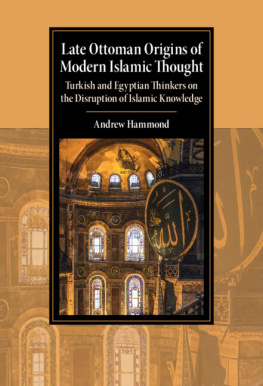

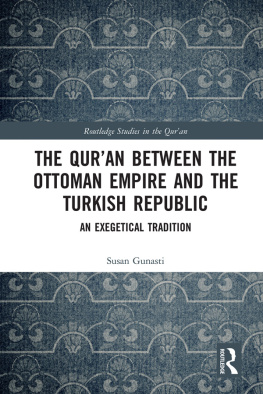
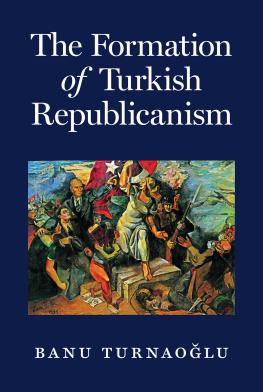
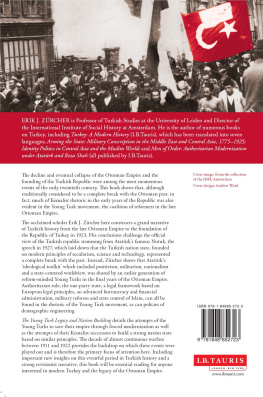
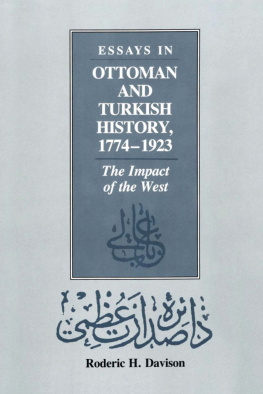

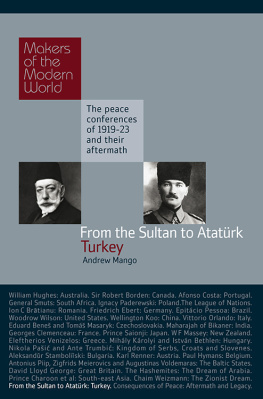
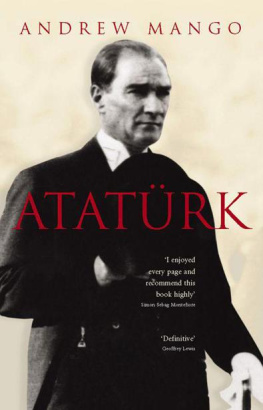
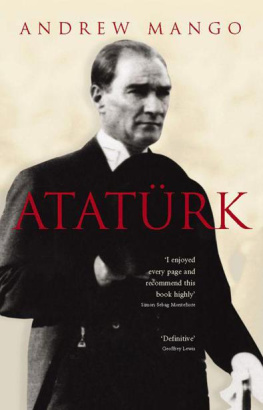
 kr Hanio
kr Hanio lu
lu d Ri
d Ri
 , but Reza Pahlavi. Likewise, we have Mu
, but Reza Pahlavi. Likewise, we have Mu ammad Abduh, but Mahathir bin Muhammad.
ammad Abduh, but Mahathir bin Muhammad. as English sh in shine
as English sh in shine ffet Bayta
ffet Bayta , Sabit Bayta
, Sabit Bayta